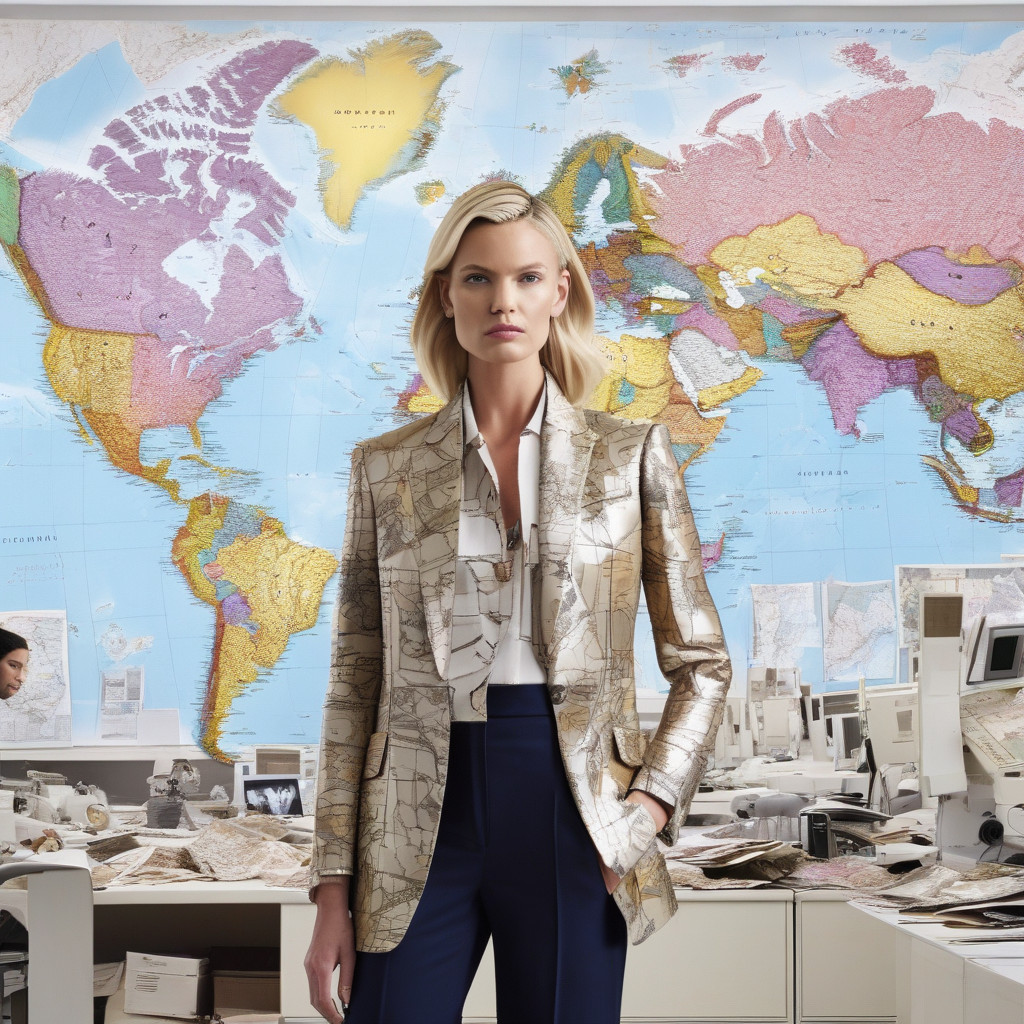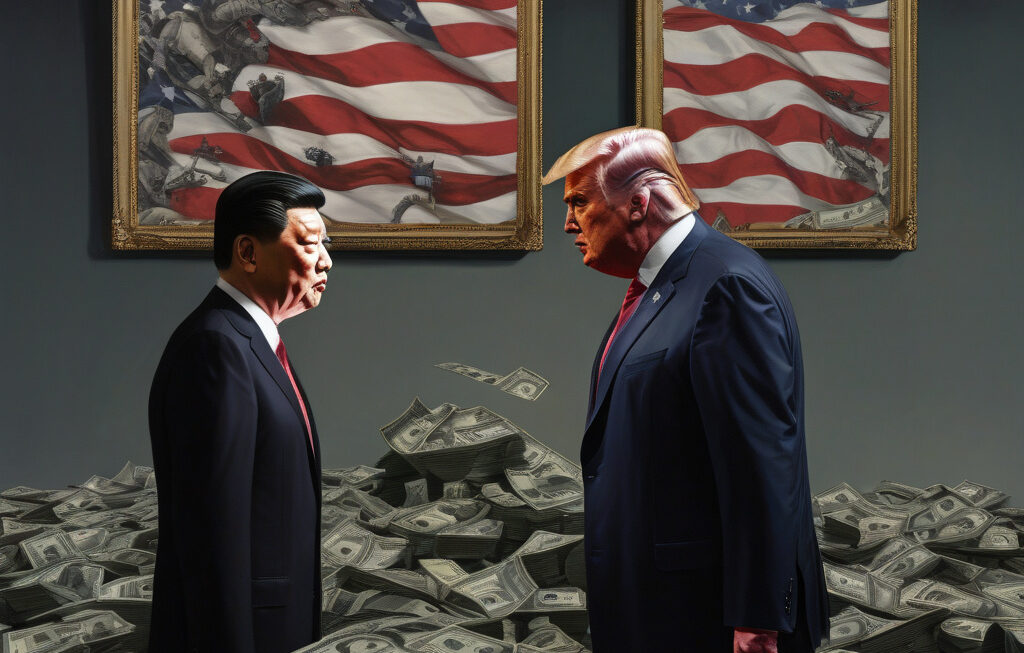Will President Trump Redraw Fashion’s Global Sourcing Map?
The global fashion industry is on the edge of its seat as the Trump administration’s trade policies continue to send shockwaves through the manufacturing sector. With manufacturers in Asia, Europe, Latin America, and Africa bracing for new tariffs, the landscape of fashion’s global sourcing map is on the verge of a seismic shift.
For decades, Asia has been the go-to destination for fashion brands looking to produce their garments at competitive prices. Countries like China, Vietnam, and Bangladesh have built robust manufacturing industries that cater to the needs of fashion houses around the world. However, with the threat of escalating tariffs on Chinese imports looming large, many US-based brands are now looking to diversify their sourcing strategies.
Europe, with its skilled labor force and proximity to major fashion markets, is emerging as a viable alternative to traditional Asian suppliers. Countries like Italy, Portugal, and Turkey are seeing increased interest from American brands looking to move production closer to home. This shift not only helps mitigate the impact of potential tariffs but also aligns with the growing demand for ethically made, sustainable fashion.
Latin America, with its strong textile industry and trade agreements like the USMCA, is also poised to benefit from the changing sourcing dynamics. Countries like Mexico, Colombia, and Peru offer proximity to the US market, duty-free access, and a skilled workforce, making them attractive options for brands looking to reduce lead times and transportation costs.
Even Africa, often overlooked in the global sourcing landscape, is starting to gain traction as a potential manufacturing hub for fashion brands. Countries like Ethiopia, Kenya, and Mauritius are investing in infrastructure and training programs to attract foreign investment and position themselves as competitive players in the fashion supply chain.
As brands in the US move supply chains and deploy complex contingency plans to navigate the uncertain trade environment, the fashion industry is witnessing a fundamental reshaping of its sourcing map. The days of relying solely on one region for production are long gone, and agility and flexibility are now key to success in a rapidly changing global economy.
While the full impact of President Trump’s trade policies on the fashion industry remains to be seen, one thing is clear – brands that proactively adapt to the new sourcing reality will be best positioned to thrive in the ever-evolving global marketplace.
In this era of uncertainty and disruption, the fashion industry is facing a defining moment that will test its resilience and ability to adapt to change. By exploring new sourcing destinations, forging strategic partnerships, and embracing innovation, brands can not only weather the storm but also emerge stronger and more competitive in the post-pandemic world of fashion.
President Trump’s policies may have set the stage for a dramatic reshaping of fashion’s global sourcing map, but it is ultimately up to brands to chart a course that ensures their long-term success in an increasingly complex and interconnected world.
fashion, globaltrade, manufacturing, supplychain, resilience












